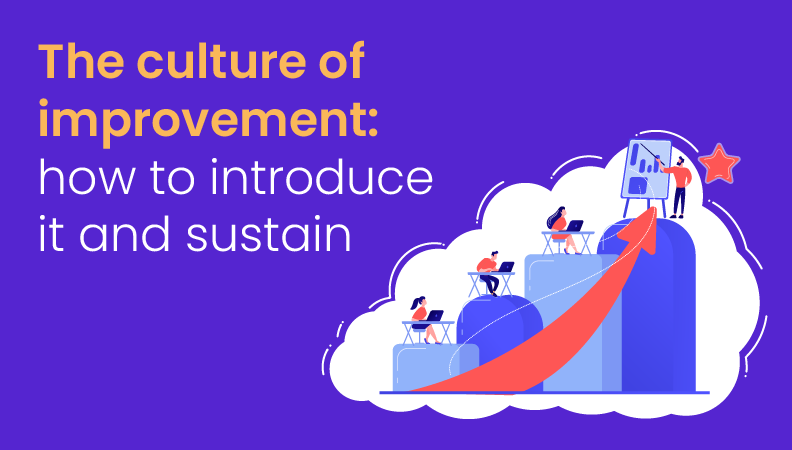
What is Lean and Why it Might Change Your Life
There isn’t a single clear-cut definition of what “Lean” is.
Lean is a way that includes a variety of principles, practices, and tools to identify and remove wastes in a process. In simpler terms, it focuses on maximizing value to the customer whilst using fewer resources.
Lean: a system for everything from startups to your workout routine
Lean is widely applicable and ranges from startups, businesses, and even to your workout routine. It maximizes the efficiency of your “workout” and reduces unnecessary efforts that don’t lead to a healthy and fit body. Lean is a system that should be incorporated into the soul of the organization.
Lean is a good improvement initiative in any company. It focuses on the stream of value and customer satisfaction with sustainable actions.
Lean Cycle Components
This cycle consists of five main principles. These include:
1. Defining the Value
You might be wondering what is defined as value. In simple terms, value is what the customer is willing to pay for. Techniques such as interviews, customer feedback, surveys, and various types of data from their interests to demographic information can let you define value for your customers.
2. Mapping the value stream
Identifying and mapping the value stream is the principle to follow. Here, the goal is to use the consumer’s value as a reference point. This is essentially a method of analyzing the current state of events and designing the future one in accordance with the data analysis.
3. Flow
Flow refers to the step which ensures that the remaining steps of the cycle run without any interruptions. Some steps of flow include: breaking down steps into smaller parts, distribution of workload, coordination between different departments, and skill level-ups.
4. Establish Pull
The goal is to limit inventory and work in progress. Just imagine a process in which you, as an employee, are not assigned a new task after each completed task. There’s a system of to-dos, actions and generic tasks compiled for the team, and the Pull step is a way for you to pull the next task yourself. So, indirectly, tasks are pulled by those who implement them and are not imposed by the management.
5. Small changes as an improvement
Wastes from a system cannot be significantly reduced from day one. Instead, focus on small changes every day. Small shifts and optimization actions help better prioritize and manage minor things that could otherwise become an inevitable waste of resources: time, money, efforts, etc. As a result, this process of constant improvement becomes a beneficial approach for the team.
Lean Thinking: The System of Effective Management
The lean way of thinking is the foundation of Lean practice. Lean thinking is a term describing the process of making decisions in a lean way. These seven principles guide lean thinking:
- Eliminate waste
- Create knowledge
- Build quality
- Deliver fast
- Show commitment
- Respect people
- Optimize the system
Lean thinking helps organizations to constantly improve themselves and provide as much value to the customers as possible. Hence, continuous improvement is a culture that goes hand-in-hand with lean thinking.
Continuous Improvement as the Moving Force
Continuous improvement shares the belief that whatever is “tried and tested” today will become irrelevant one day. Hence, it builds up a desire to improve and strive for excellence.
The continuous improvement culture has tempting benefits to offer. So, companies with an improvement culture tend to:
- Be innovative
- Increase employee turnover and retention
- Have an edge over the competition
Conclusion
As we just saw, continuous improvement and Lean are two effective systems that can help a company reach great heights.
Lean is a way of minimizing waste production thus maximizing value addition for customers.
Companies incorporating both Lean and continuous improvement as part of the work culture are found to have:
- Better relationship between customers
- Higher morality
- Skilled employees
- Competitive advantage
- Better working conditions
Is your company implementing such methods?
What type of culture is dominant in your workspace?

